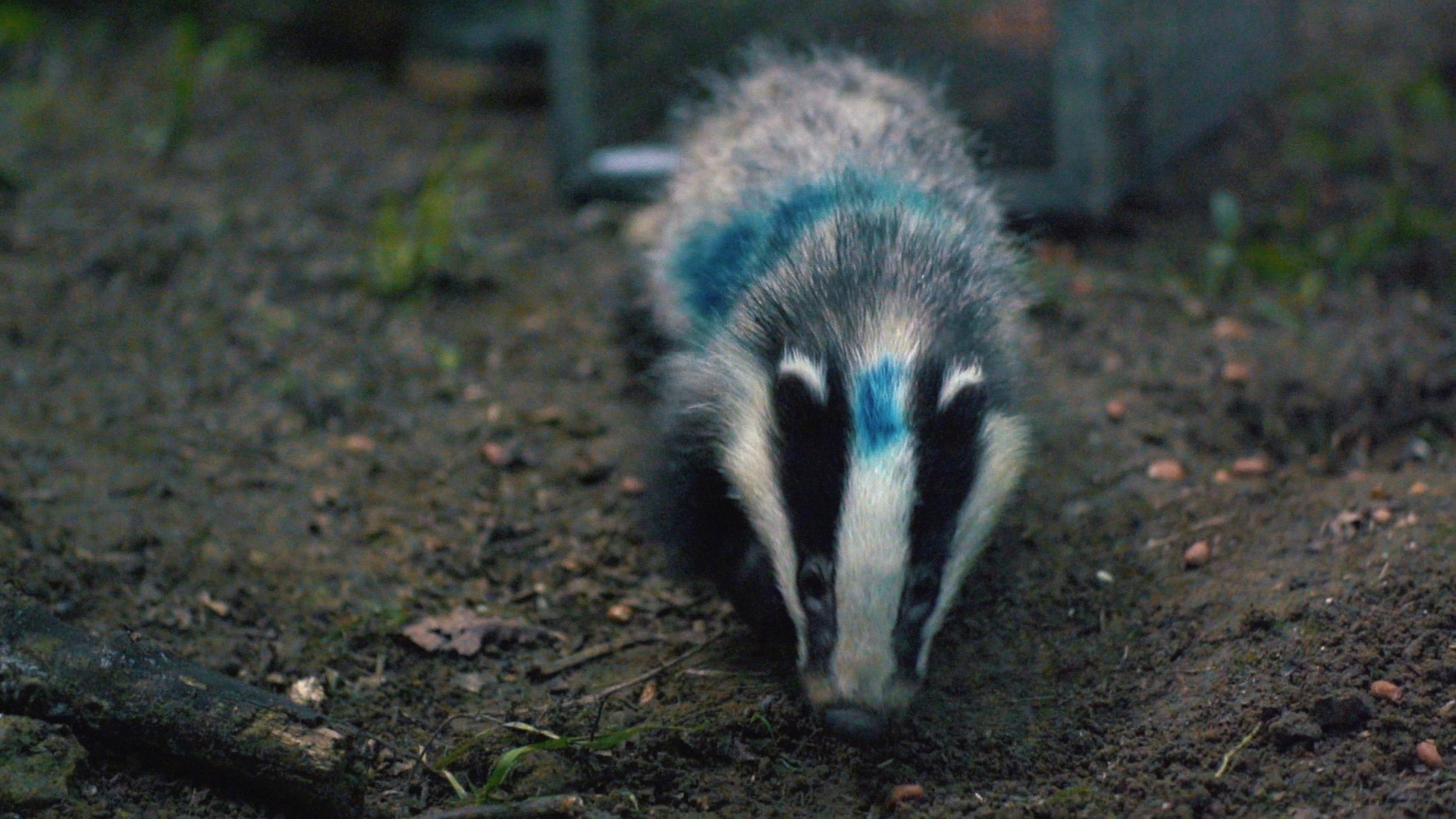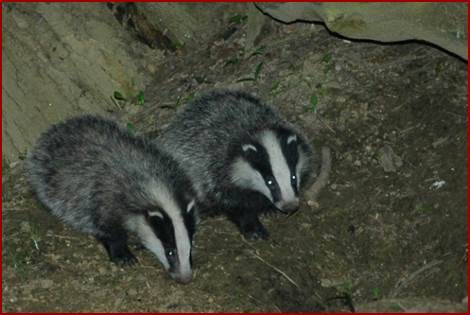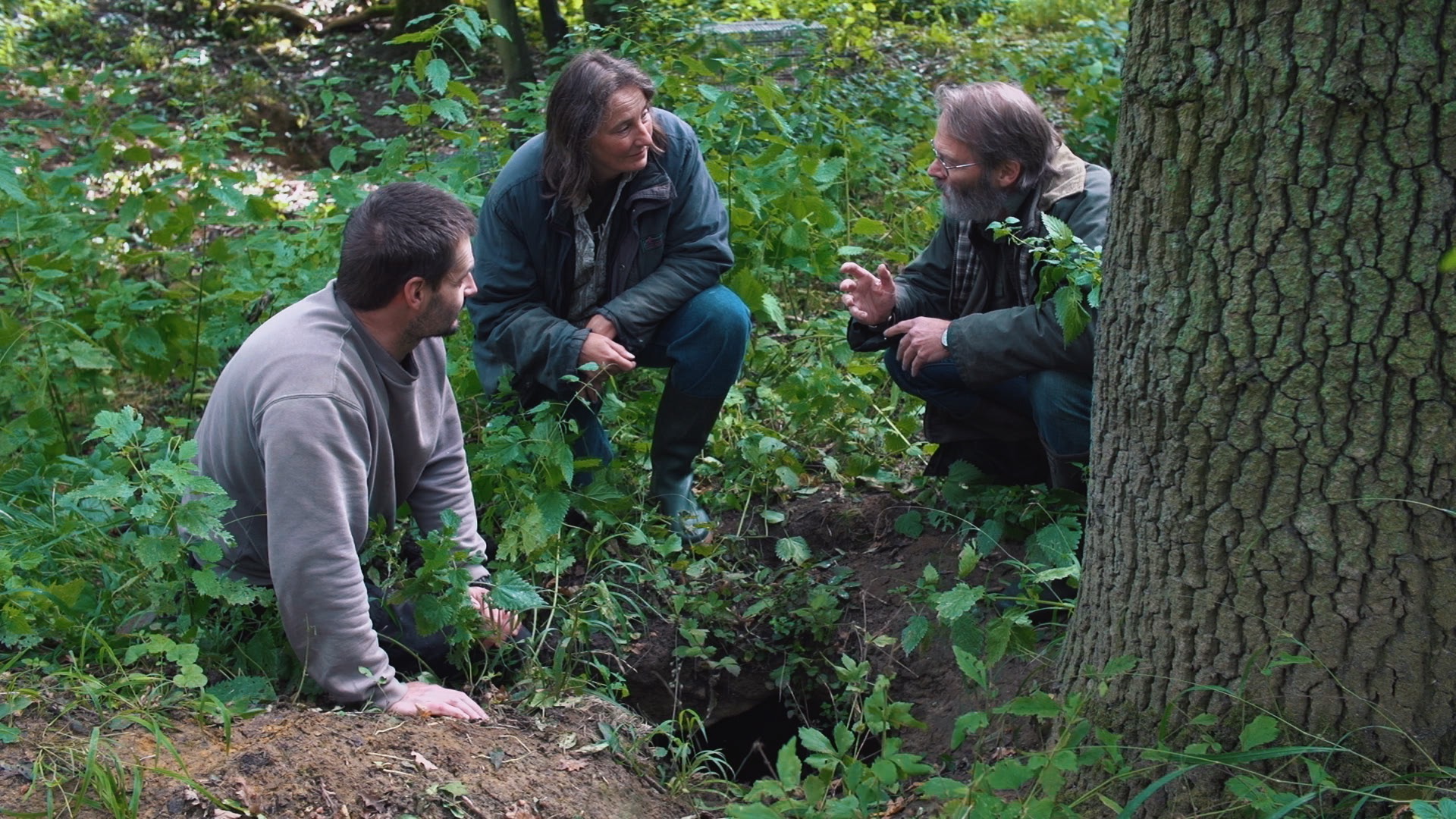News
What Effects STDs Can Have on the Population Dynamics of a Wild Mammal?
Sexually transmitted diseases (STDs) may not be the topic of polite conversation, but nobody can emerge from the modern school curriculum without knowing that STDs are highly infectious, easily spread and can, like genital herpes, have severe consequences on male fertility and female’s ability to bear children. If this is the situation amongst humans, one might expect STD’s to be a topic of interest for those studying other mammal population but in fact their existence and potential impacts are often over-looked. A recent WildCRU study has begun to rectify this for badgers.
In one of the first large-scale population-based studies (published in the Journal of Wildlife Diseases and featured in a short film), Dr Christina Buesching and David Macdonald of our long-running Wytham Woods-based Badger Project partnered with Prof Mark Chambers from the School of Veterinary Medicine at Surrey University and Dr Bernhard Ehlers from the Robert Koch Institute in Berlin, to study the prevalence of genital herpes viruses in European badgers, investigate potential transmission routes, and to assess if female reproductive success is affected by active herpes infection. Analysis of 98 genital swabs confirmed that more than half (55%) of all badgers of both sexes and all ages carry herpes viruses in their genital tract, which we identified through DNA sequencing as gamma herpes virus MusGHV-1. The fact that also cubs were infected, indicates that transmission can also happen during birth or maybe even through the mother’s milk. And as to long-term consequences, the results also indicate that female reproductive success might be impaired with only 1/3 of infected females raising cubs successfully in the following breeding season.
For more information, please watch our new Youtube video.








